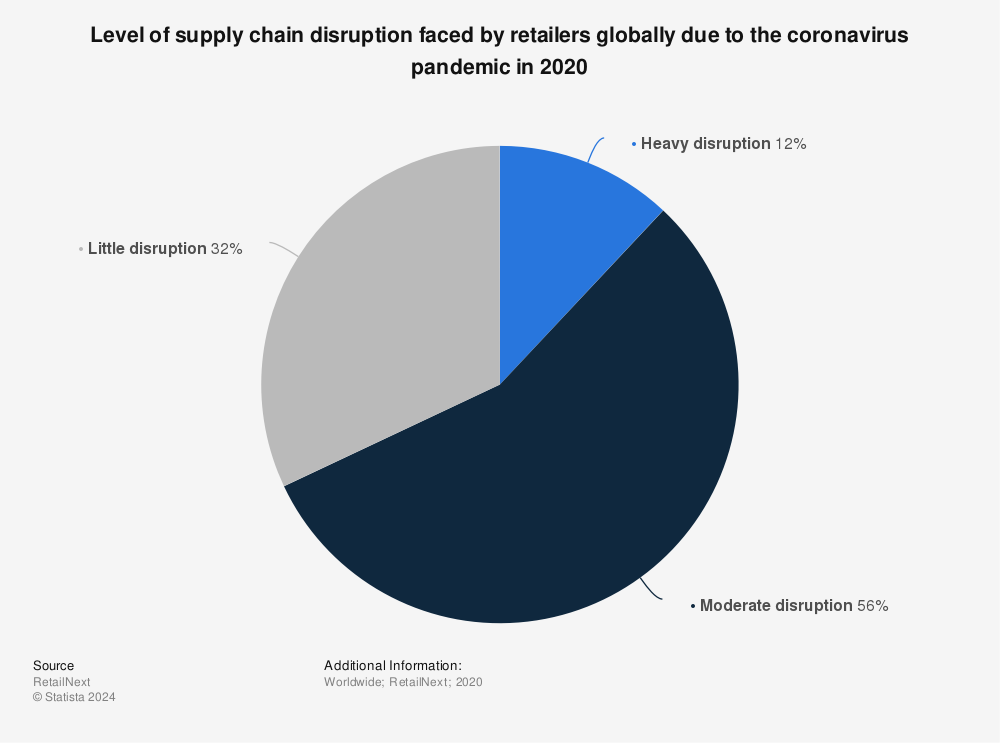Content navigation:
- It’s all about strategic planning
- Strategic retail planning in 2022: key challenges
- Product & pricing strategic planning
- Scenario planning is the key
- 'What-if' scenarios for better strategic decisions
It’s all about strategic planning
Strategic planning is a process of defining the goals and areas of an organization's growth and development as well as specifying the resources and means needed to achieve the strategic goals. Speaking of retail, the examples of strategic goals may include the margin or revenue growth, market share increase, expansion to new markets and regions, etc. In most cases, the strategic goals are supplemented with specific measurable results, e.g. margin growth by 5% year-over-year.
Strategic goals are different for every retailer as they depend on numerous factors, including the size of the business, industry, market share, price positioning, customer profile, sales channel mix, etc. On the other hand, the external and internal trends are taken into account by most retailers during the strategic planning process.
That's how the challenges and opportunities associated with the retail's New Normal are reflected in retailers' strategies of all types and industries. For example, according to Gartner, the retail digital landscape and consumer behavior belong to the key areas which have changed drastically since the CV19 outbreak and until now. And that's why the strategic goals of many retailers imply transformations needed to cope with the recent changes.
The global social and economic turbulence associated with the pandemic made the strategic planning process even more important in retail. As the market competition gets tougher and consumers become more price savvy, the importance of sustainable strategic planning also increases. Let's look at the major challenges faced by the retailers during the strategic planning process in 2022.
Strategic retail planning in 2022: key challenges
The global retail trends are to be considered by all players eager to make their strategic planning process effective and sustainable. And that means that a good retail strategy must address the key challenges associated with the retail's new normal. These include:
-
Digital disruption. The ongoing trend of e-commerce boost contributes to both increasing price transparency and growing competition. According to Deloitte, 56% of in-store retail sales are influenced by digital. Eventually, many retailers fail to sustain their price perception, cope with the competition, and hit financial goals all at once.
-
Customer retention. Not only do prices become more transparent, but also customers themselves are getting more price-savvy in the face of economic and social complications. As a result, it's getting tougher for retailers to keep old customers loyal and attract new ones.
-
Supply chain disruptions. In the last two years, it became obvious that established logistics patterns and contractual arrangements with a limited number of vendors may be disrupted anytime. That's why retailers have to work continuously on supply chain diversification.
-
Sustainable financial performance. The challenges outlined above undermine the financial health of retailers. Eventually, it takes more strategic efforts to keep the key business metrics (e.g. revenue and margin) growing sustainably.
Product & pricing strategic planning
Sustainable financial performance is the cornerstone of every retailer's business strategy. In the end, the activities in every retail area from supply chain to marketing have to contribute to the business profitability. As long as the price is the first thing and most important thing considered by customers during the shopping, the right product & pricing mix remains the most powerful means retailers have when it comes to financial growth.
What it means is that the financial health in retail depends primarily on the effectiveness of a pricing strategy. And that's where many businesses struggle. Many retailers cannot get an empirically verified answer to the question of whether they should focus on increasing revenue while sustaining margin or, vice versa, prioritize margin growth instead of revenue uplift. The fact that the right solution would be different per various product groups makes strategic pricing decisions even more difficult.
Scenario planning is the key
The only way to enhance strategic decision-making in pricing is to find out how each pricing scenario impacts the key business metrics. So far, scenario modeling (a.k.a. what-if analysis) remains the most appropriate tool to get such forecasts. In other words, scenario modeling enables retailers to find out how exactly one or another pricing decision would impact their profitability and growth.
There are two major ways scenario planning can be done: traditional and ML-driven. The first one implies calculating the impact a price change would have by building a forecast model in Excel. The major advantage of the approach stems from its accessibility as it doesn't require learning any programming languages while the only things an analyst or manager needs are the historical sales data and Excel advanced user skills.
However, as the inputs for such calculations are made manually, the forecasts cannot be scaled to hundreds and thousands of SKUs. It means that traditional scenario modeling in Excel may work only for a business selling no more than a few dozens of products.
In contrast, the advanced solutions powered with ML algorithms are capable of building the forecasts for hundreds and thousands of SKUs as there are no limits for historical data scope. In this case, all the manager needs to do is to collect, cleanse the historical data and set up data quality checking procedures once and set the parameters of various pricing scenarios to be tested. Today, there are dozens of approaches to scenario modeling offered by various vendors on the pricing software market. Let's see how it works in the Competera platform.
'What-if' scenarios for better strategic decisions
Competera enhanced its platform with a 'What-If' feature enabling pricing teams to make more efficient data-driven decisions. In particular, the feature enables users to set up multiple pricing scenarios with any combination of parameters and then instantly and safely test scenarios before they can be applied in real life. These tests reveal the potential impact each scenario would have on key business metrics. 
On the contrary to traditional Excel-based scenario modeling, Competera platform, the only thing its users have to do is to specify the parameters of scenarios they would like to test, run the optimization scenarios in parallel, and compare the impact of each scenario.
As the platform allows retailers to manage thousands and hundreds of SKUs and can segment the latter into product groups depending on their similarity and interaction on shelves, it also makes it possible to generate and compare diverse pricing scenarios for each category. That means that the business can empirically verify the best possible mix of strategies and tactics for all products in the portfolio.







